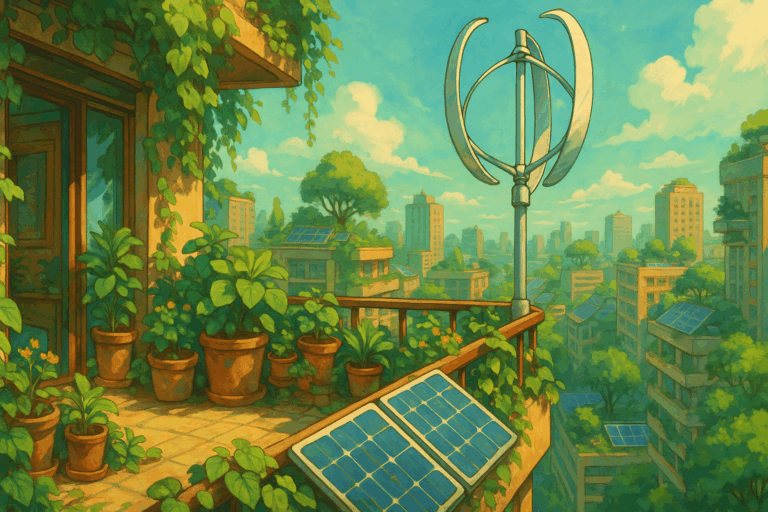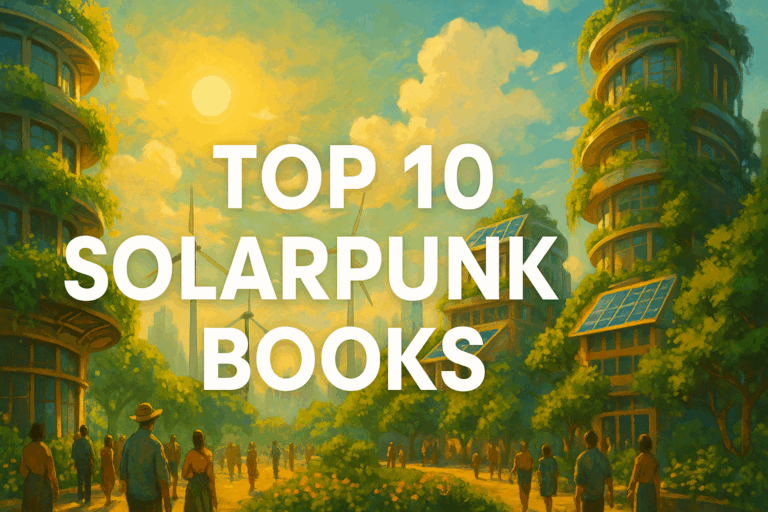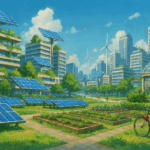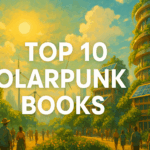The Canadian wildfire season isn’t supposed to be here yet. But as of May 2025, wildfires have already scorched more than 3.1 million hectares across Alberta, Saskatchewan, and Quebec, with active evacuation orders issued in over two dozen communities. Smoke from these blazes has triggered health warnings as far south as St. Louis and as far east as Philadelphia. For millions, the new scent of summer is smoke.
This isn’t an isolated flare-up. It’s part of a pattern, one that is becoming increasingly difficult to ignore. Wildfires in Canada aren’t just more frequent—they’re longer, hotter, and increasingly untamable.

How We Got Here: Canada’s Long Relationship with Fire
Fire is not new to Canada. The boreal forest—stretching from Yukon to Newfoundland—has long depended on fire as a natural process. It clears dead wood, releases nutrients into the soil, and even helps certain tree species like jack pine to reproduce. Indigenous communities have known this for thousands of years, using controlled burns to manage ecosystems, encourage game, and reduce dangerous fuel buildup.
But colonial-era suppression tactics interrupted that balance. Starting in the early 20th century, Canada adopted the U.S. model of extinguishing fires as quickly as possible. For decades, this kept human settlements safe. But it also created a forest loaded with dry, combustible biomass—an enormous powder keg now lighting up under climate stress.
From Bad to Worse: Fire Trends Since the 1990s
The numbers don’t lie. From 1959 to 1990, wildfires in Canada burned an average of about 2 million hectares annually. Since the 1990s, that average has more than doubled, and record-breaking years are becoming disturbingly routine.
In 2016, the Fort McMurray fire in Alberta forced 88,000 people to flee and caused over $9 billion in damages. In 2021, Lytton, British Columbia, hit nearly 50°C before being incinerated by a firestorm. In 2023, over 18.5 million hectares burned—the most ever recorded. Smoke blanketed major U.S. cities for weeks. People in Manhattan wore KN95s not for COVID, but because wildfire smoke had turned the sky orange.
And 2025 is on track to surpass even that.
Welcome to the Age of Gigafires
“Year after year, with climate change, we’re seeing more and more intense wildfires and in places where they don’t normally happen.”
— Justin Trudeau, Prime Minister of Canada
A “gigafire” is a wildfire that burns over 1 million hectares, and Canada is now firmly in this era. These fires don’t just devastate landscapes—they redefine fire management altogether. They generate their own weather systems, produce pyrocumulonimbus clouds that inject smoke into the stratosphere, and release vast amounts of carbon dioxide. Gigafires can persist for weeks or months, often across multiple jurisdictions, overwhelming national firefighting capacities and triggering global air quality events.

The 2023 Canadian fire season, which burned over 18.5 million hectares across the country, didn’t include a single contiguous gigafire—but it brought the country within striking distance. Fires in Quebec and British Columbia each approached gigafire territory. Had conditions aligned slightly differently—if winds had shifted, if fuel had been drier—Canada could have experienced its first true gigafire. Gigafires are no longer anomalies. They are the new baseline of a climate-shifted world—where fire isn’t just a threat, but a defining force of the Anthropocene. . They are a preview of a climate-fueled future where fire isn’t just a threat—it’s a defining force.
The terrifying next step is the terafire—a fire that burns over 10 million hectares in a single, continuous event. While no such fire has occurred, climate projections suggest one could strike within the next two decades if trends continue, under the right confluence of extreme drought, high temperatures, and fuel accumulation.
Imagine this: A lightning strike ignites the forest near Prince Albert, Saskatchewan, during the summer of 2049. The area has endured three years of drought, and temperatures have hovered around 40°C for weeks. Fueled by dry, pine beetle-killed forests and driven by 80 km/h winds, the fire spreads rapidly across provincial borders. In less than two weeks, it consumes 10 million hectares across Alberta, Manitoba, and the Northwest Territories. Smoke shrouds cities from Edmonton to Boston. Flights are grounded. Emergency evacuations displace over a million people. Croplands die from lack of sunlight. Global food prices spike. Climate tipping points are triggered.
We haven’t reached the terafire era yet—but the signs are everywhere.
“Forests don’t grow back if there are droughts. Droughts caused by climate change are turning them into tinderboxes susceptible to wildfires.” — Elizabeth May, Leader of the Green Party of Canada
What Can Be Done: Five Paths Toward Fire Resilience
There is no single fix for Canada’s wildfire crisis. But there are solutions—some already being tested, others waiting for political will or innovation to scale them up.
Restore Indigenous Fire Stewardship For centuries, Indigenous communities used controlled, low-intensity fires to manage land and reduce flammable buildup. Reviving these techniques—already underway in parts of British Columbia and the Yukon—is one of the most promising strategies available. Indigenous-led fire crews have shown that cultural burning can reduce megafire risk while restoring ecological balance.
Cross-Border Firefighting Alliances Smoke doesn’t stop at borders, and neither should firefighting policy. Canada and the U.S. need a standing cooperative framework for wildfire response, including shared equipment, training, satellite data, and early warning systems. Mutual aid agreements between provinces and U.S. states will be essential as fire seasons overlap and stretch longer each year.
Invest in Early Detection and Suppression Tech From AI-powered satellite surveillance to autonomous drone tankers, technology can play a major role in catching fires early and limiting their spread. Thermal imaging, predictive fire-behavior modeling, and even reforestation drones could help suppress fires before they evolve into catastrophic blazes.
Empower Local Communities and Individuals People living in high-risk zones can’t wait for federal agencies to act. Local governments need fire-resilient building codes, evacuation plans, and community education initiatives. Individuals can help by clearing brush around homes, installing spark-proof vents, and advocating for fire-safe development practices.
Vote Like the Planet Is Burning Ultimately, climate change is the megafire’s oxygen. Reducing emissions is the only way to prevent fire seasons from getting worse. That means voting for leaders—at every level—who support climate science, carbon pricing, reforestation programs, and wildfire mitigation funding. It also means reducing your own carbon footprint: flying less, insulating your home, switching to clean energy where possible.
Final Word
“I want you to act as if our house is on fire. Because it is.” — Greta Thunberg, Climate Activist
The future will burn. The only question is how much.
Recommended Reading
Fire Weather: On the Front Lines of a Burning World by John Vaillant
A gripping nonfiction account of the 2016 Fort McMurray fire in Alberta. Vaillant blends narrative storytelling with climate science to explore how rising temperatures and human development are creating conditions for uncontrollable wildfires. (Buy on Bookshop.org)
The Pyrocene: How We Created an Age of Fire, and What Happens Next by Stephen J. Pyne
Explores the idea that we’ve entered a new epoch—an age defined by fire. Pyne, a leading fire historian, argues that industrial society has replaced natural fire with fossil-fueled combustion, resulting in a global fire paradox. (Buy on Bookshop.org)
The Uninhabitable Earth: Life After Warming by David Wallace-Wells
A stark, sweeping look at what unchecked climate change could mean. Wallace-Wells includes detailed discussions on fire, air quality, heat, and ecological tipping points. (Buy on Bookshop.org)
This post may contain affiliate links. If you make a purchase through one of these links, GLAKTAK may earn a small commission at no extra cost to you. We only recommend products we genuinely believe in.








